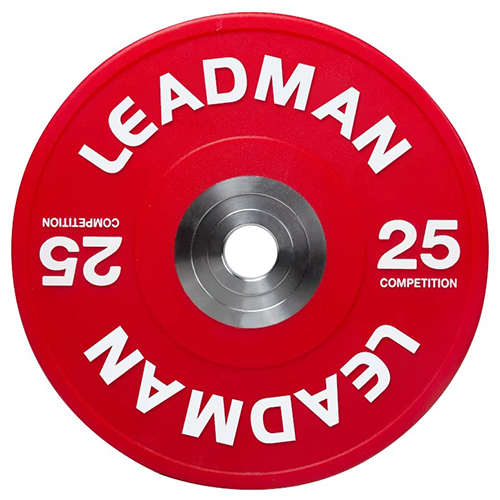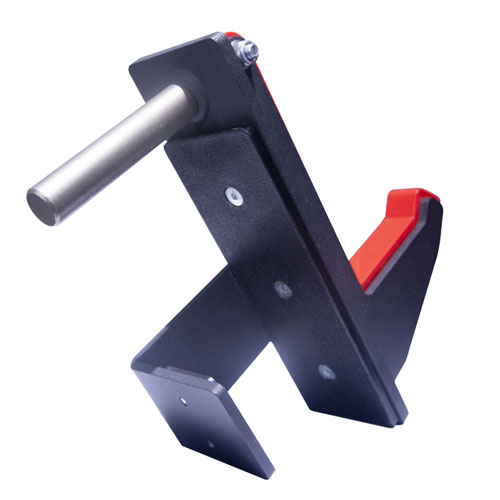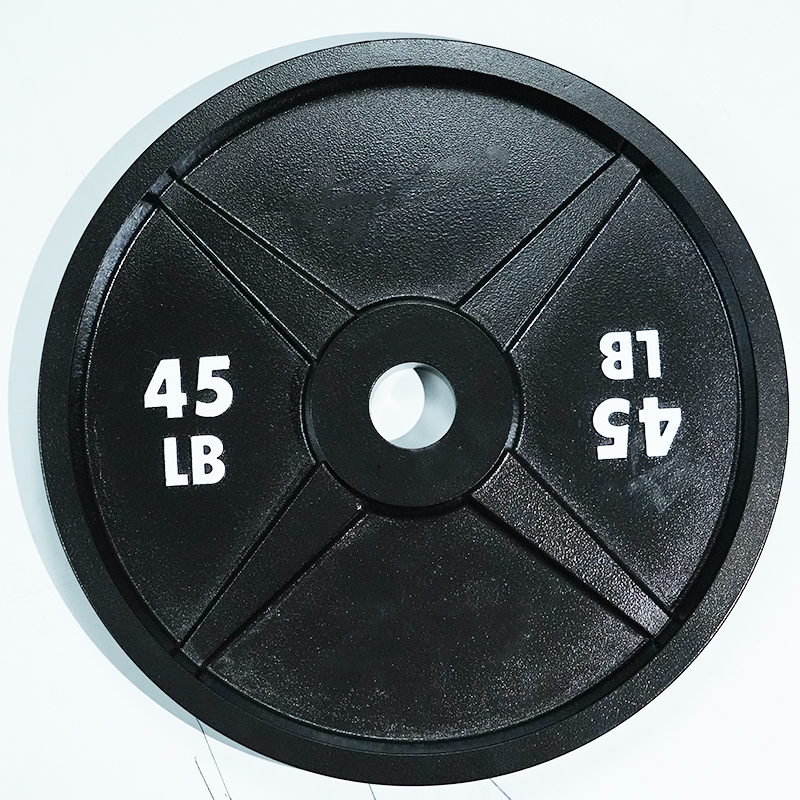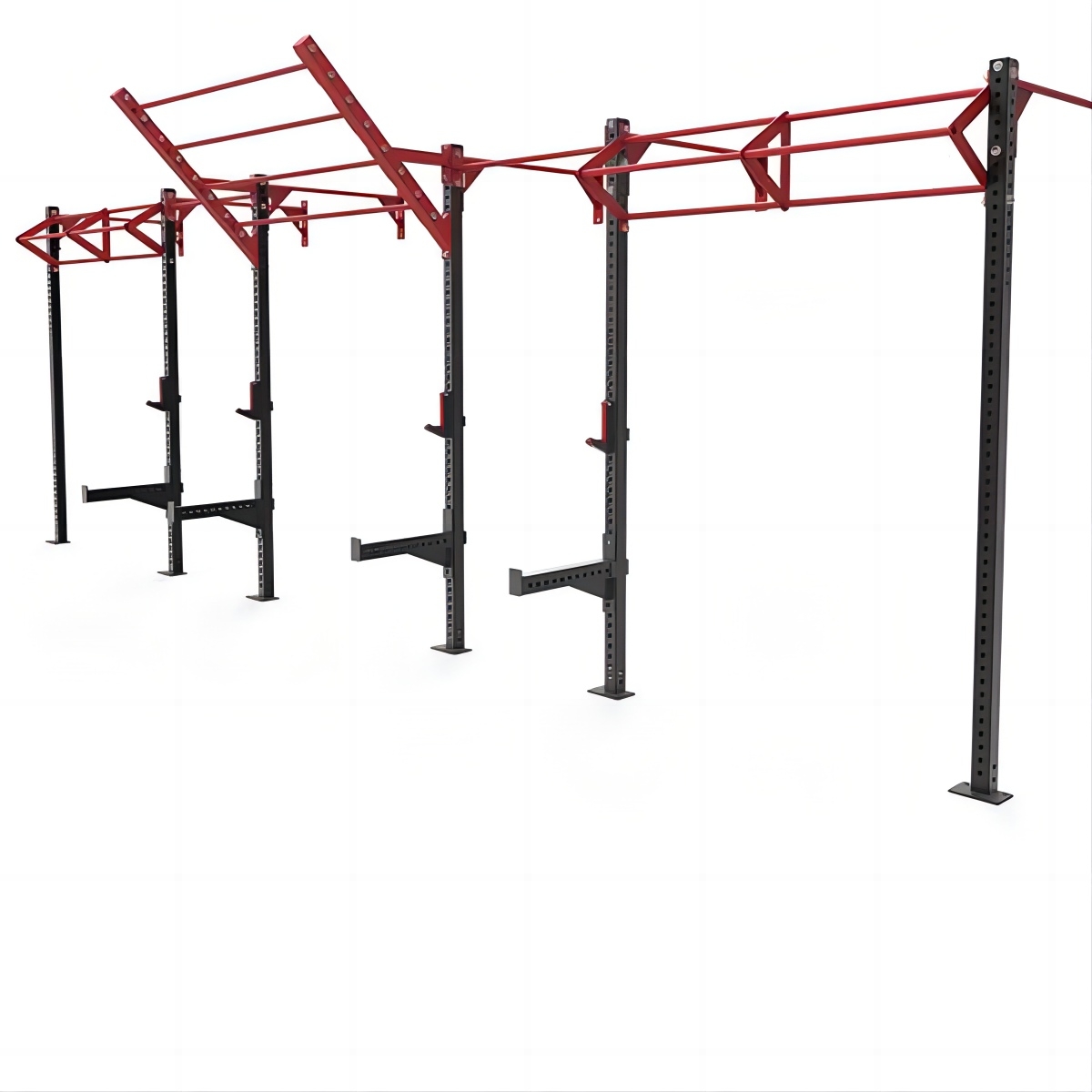Investing in Trainers for Small Gyms
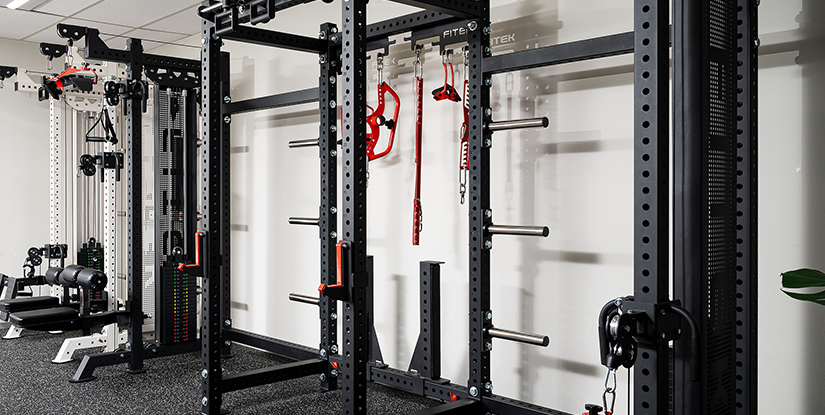
For small gym owners, every investment must deliver maximum value to both your business and your members. While equipment like power racks and Olympic barbells forms the backbone of your facility, investing in quality trainers represents one of the most impactful decisions for long-term success.
The Strategic Value of Trainers for Small Gyms
Trainers serve as the human interface between your equipment and your members' goals. Unlike large chain gyms that often prioritize quantity over quality, small gyms can differentiate themselves through personalized attention and expert guidance.
Consider these compelling reasons to invest in quality trainers:
1. Member Retention Boost
Members who work with trainers are 3-4 times more likely to renew their memberships compared to those who don't. The personalized attention creates emotional investment in your facility.
2. Revenue Diversification
Personal training packages create additional revenue streams beyond membership fees, with profit margins often exceeding 60%.
3. Equipment Utilization
Trainers help members properly use equipment like adjustable benches and kettlebells, ensuring your capital investments deliver maximum value.
Finding the Right Trainer Investment Model
Small gyms typically have three options for incorporating trainers:
1. Employee Model
Hiring trainers as employees offers maximum control over scheduling and service quality but comes with higher fixed costs.
2. Independent Contractor Model
Contractors pay you a percentage or flat fee for space usage. This reduces financial risk but requires careful management to maintain service standards.
3. Hybrid Approach
Many successful small gyms combine 1-2 employee trainers with several vetted contractors to balance stability with flexibility.
Essential Qualities to Look for in Trainers
Not all trainers are created equal. These characteristics separate good investments from bad ones:
1. Technical Proficiency
Look for trainers who understand proper form across various equipment, from barbell exercises to functional training tools.
2. Business Mindset
The best trainers understand they're part of your business ecosystem and actively contribute to member retention and satisfaction.
3. Adaptability
Small gym spaces require trainers who can modify programs based on equipment availability and member traffic patterns.
Measuring Your Trainer Investment ROI
Track these key metrics to ensure your trainer investment pays off:
1. Client Retention Rates
Compare renewal rates between training clients and general members.
2. Revenue Per Member
Training clients should generate significantly higher average revenue.
3. Equipment Utilization
Monitor usage patterns for key equipment like bench press stations before and after adding trainers.
FAQ About Investing in Trainers for Small Gyms
How many trainers should a small gym have?
A good starting ratio is one trainer for every 150-200 members. For a gym with 300 members, 2 full-time equivalent trainers typically works well, supplemented by specialists as needed.
What percentage should I pay trainers?
Employee trainers typically earn 40-60% of session fees, while independent contractors usually pay 20-40% of their earnings to the gym as space rental. Structure should account for your local market and the trainer's experience level.
How can I attract quality trainers to my small gym?
Offer professional development opportunities, flexible scheduling, and a percentage of retail sales. Highlight your gym's community atmosphere and quality equipment like commercial-grade machines as selling points.
Should I require specific certifications?
At minimum require nationally accredited certifications (NASM, ACE, ACSM). Additional specialty certs in areas like corrective exercise or senior fitness can help differentiate your offerings.
Integrating Trainers with Your Equipment Strategy
Your trainers and equipment should work synergistically:
1. Equipment Selection
Involve trainers in equipment purchasing decisions. They understand what tools will best serve client needs and programming requirements.
2. Space Planning
Designate training zones that allow for safe movement between stations while maintaining sight lines for supervision.
3. Maintenance Awareness
Trainers should be your first line of defense in identifying equipment needing maintenance or replacement.
Ready to Build a More Profitable Small Gym?
Quality trainers paired with the right equipment can transform your small gym into a thriving fitness destination with loyal members and sustainable revenue streams.
Discover how Leadman Fitness can support your gym's growth with durable, trainer-approved equipment solutions. Contact our team today for personalized recommendations!
Long-Term Trainer Development
Investing in your trainers' growth pays compounding returns:
1. Continuing Education
Allocate funds for trainers to attend workshops and certifications, especially those relevant to your member demographics.
2. Mentorship Programs
Pair newer trainers with veterans to maintain service quality and reduce turnover.
3. Performance Incentives
Create bonus structures tied to client outcomes, retention metrics, and equipment utilization rates.
Conclusion: Trainers as Growth Catalysts
For small gym owners, quality trainers represent far more than an expense line - they're growth catalysts that can:
- Increase member retention by 30-40%
- Boost average revenue per member by 50-75%
- Enhance the value proposition of your equipment investments
- Differentiate your facility in competitive markets
By viewing trainers as strategic investments rather than operational costs, and pairing them with versatile equipment like adjustable kettlebells and multi-functional stations, small gyms can punch above their weight class in member satisfaction and financial performance.

